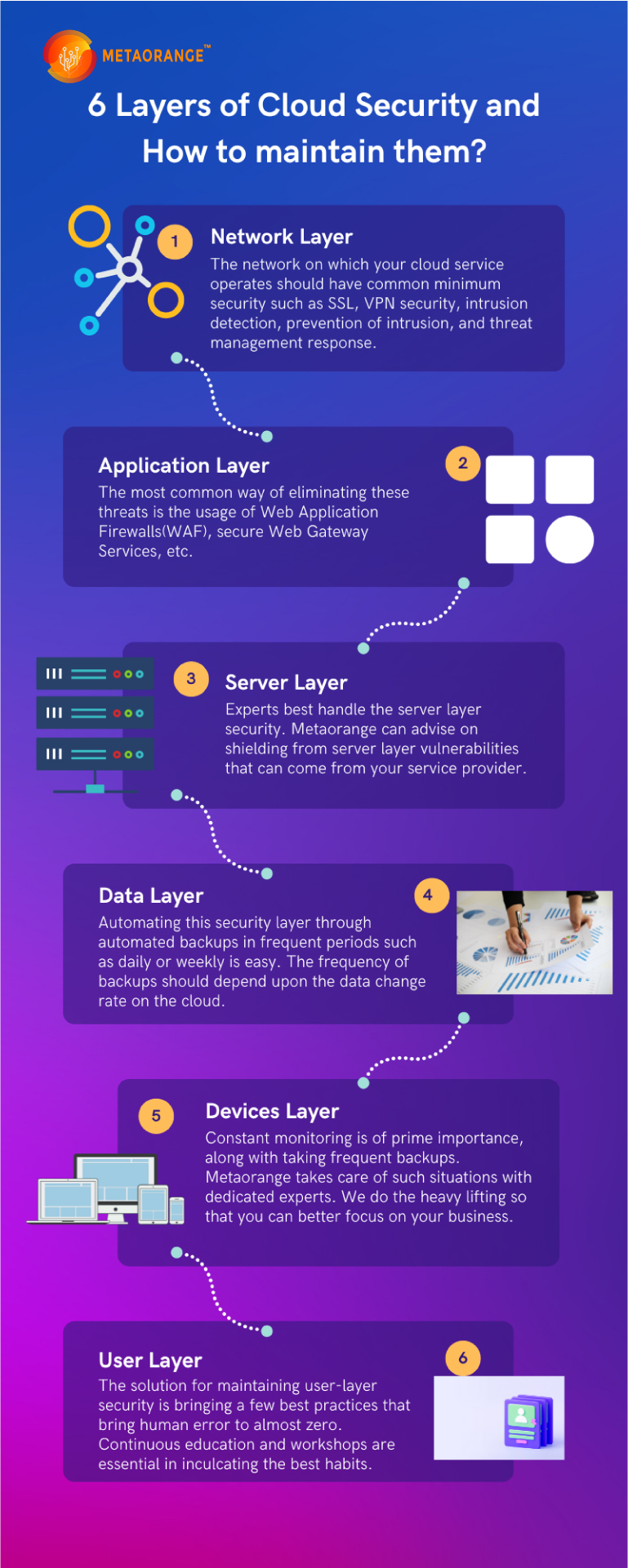Security has been one of the most critical aspects of running businesses on the cloud. Human error caused over 88% of cloud-related security incidents. Further, there are growing challenges like DDoS attacks. Multi-Layered Cloud Security helps you identify these threats and avoid them effectively. Further, it is not that difficult to maintain them.
Security is never an achievement but is always a process in continuity. Even large companies like Twitter, Samsung, and Meta have reported cybersecurity attacks in 2022. These businesses run the bulk of their operations on the cloud. An IBM report on the cost of Data Security shows that the average cost of a cybersecurity attack is almost $10 Million. Notably, one of the most well-known data breaches was on T-Mobile, causing damages of around $350 Million. Here is a list of Data Breaches so far in 2022 if you wish to explore them in detail.
Such attacks often prove to be fatal for small and medium-sized companies that do not have sufficient reserve funds to recover operational capabilities.
Layered security refers to security suits based on multiple components that are often independent of each other.
The layered approach to security is based on the Swiss Cheese Model. Here, each security layer is represented by a thin slice of cheese, and each hole on a layer of cheese represents the shortcomings of each layer. An attacker must exploit all the slices’ security flaws to get through the security. Since each flaw(hole) is covered by other layers of security, there is no single way of entry for the attacker.
An example is the commonly used 2-Factor Authentication.
Therefore, a multi-layered approach is highly effective due to cascading security layers. Further, optimizing those security layers on the basis of past experience helps you divert resources toward those threats which possess greater risk.

LEARN MORE: Cloud Transformation Services Of Metaorange Digital
Copyright © 2024 metaorangedigital. All Right Reserved